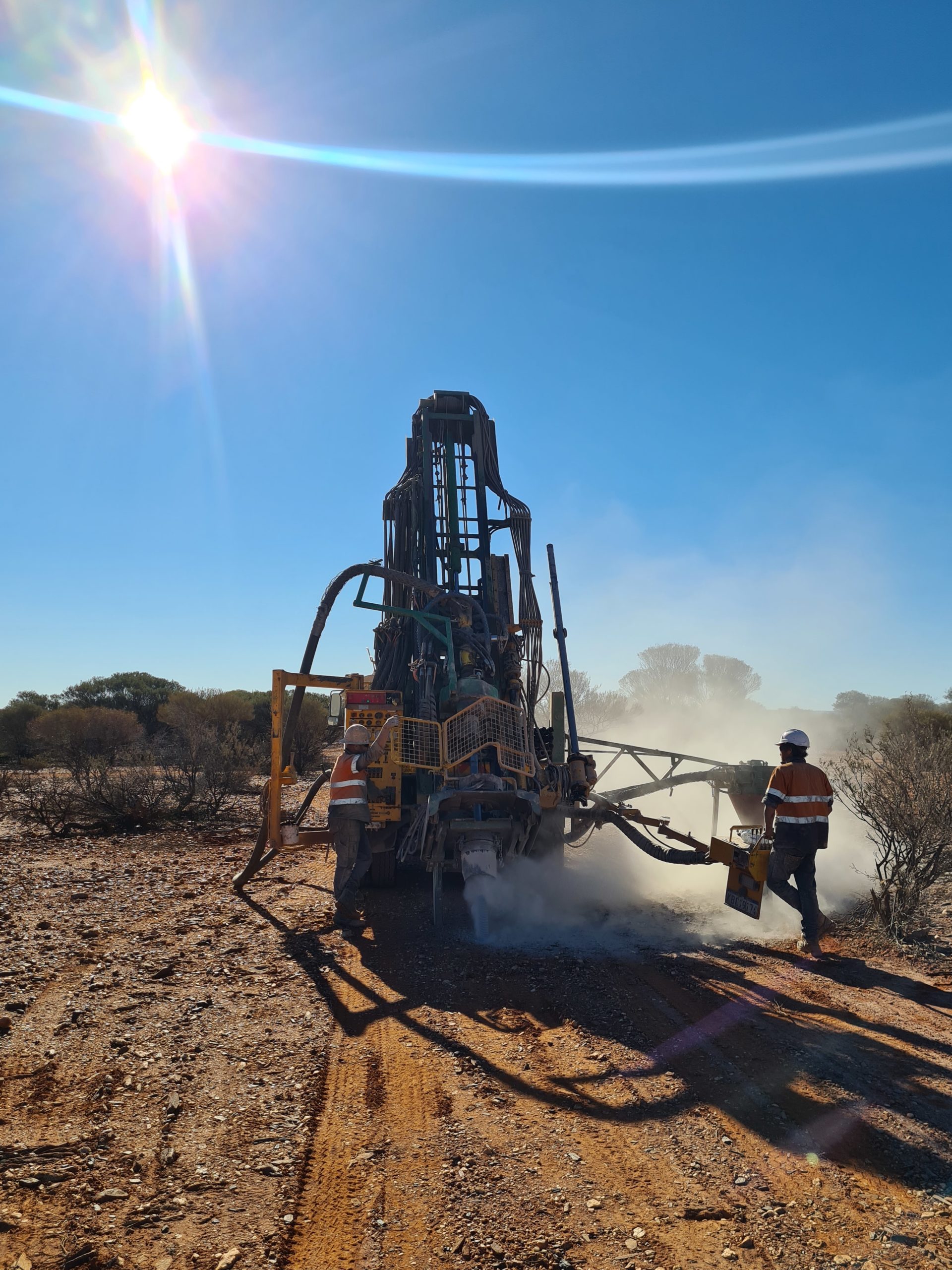Great Southern is taking in the big picture of gold at Duketon
Mining
Mining
Great Southern has embarked on a quest to sniff out the regional mineralisation across its 450sqkm Duketon gold project with drilling starting at the Amy Clarke prospect.
The drilling of about 200 aircore holes for up to 8,000m of drilling is designed to test for gold anomalism, which is typically above 8 parts per billion gold to 690ppb gold, over at least 4km of strike at the prospect.
What’s notable about Amy Clarke is that it is just 3km along strike from Regis’ recently exhausted 322,000oz Erlistoun open pit gold mine, which supports the likelihood of a gold system being present at the prospect.
It also marks the first of several regional first-pass aircore drill programs that Great Southern Mining (ASX:GSN) is carrying out across the project as part of its ongoing exploration plans.
Recent drilling had returned some tasty high-grade hits at the Southern Star deposit with a top result of 4m at 15.3 grams per tonne (g/t) gold from 89m and 5m at 7g/t gold from 114m within 68m at 1.9g/t gold from 61m.
“We are excited to be back in the field again with this latest drill program at Amy Clarke,” chief executive officer Sean Gregory said.
“The drilling targets were defined after GSN’s extensive data compilation and confirmed by a successful soil sampling program earlier this year.
“We anticipate this to be the first of several regional first-pass drilling campaigns across key areas of the many kilometres of mineralised trends that strike through our Duketon Gold Project tenure.”

Great Southern first acquired tenement E38/3518 in 2020.
Its review of extensive historical data – including 24,000 soil samples and 12,000 drill holes – led the company’s geologists to pick up a 2014 regional soil survey that identified a 2km area with anomalous gold and silver that became the Amy Clarke prospect.
Adding further interest, a rotary airblast program carried out by Sons of Gwalia in 1996 to the east of the anomalous area was also uncovered that included a 9m deep hole that finished in 3m grading 340ppb gold in a mineralised quartz vein.
The company subsequently followed up on this prospect with a more detailed soil survey this year that expanded the gold anomaly.
Notably, many of the pathfinder element anomalies, such as tungsten, arsenic and bismuth, are coincident with the gold anomalies supporting the theory that the gold source is nearby.
This soil anomaly also has similar size and tenor to Regis Resources’ (ASX:RRL) 2.1Moz Garden Well gold mine – the largest gold deposit in the broader Duketon Greenstone Belt.
Great Southern’s aircore program is expected to take about two weeks to complete with first assays expected early in 2022.
Besides the aircore drilling, the company has also secured a diamond drill rig and a reverse circulation drill rig for the summer of 2021-22.
These will be deployed to follow-up on the exceptional results at Southern Star, which included a new discovery zone 200m to the south of the deposit that will be the focus of extensional drilling.
This article was developed in collaboration with Great Southern Mining, a Stockhead advertiser at the time of publishing.
This article does not constitute financial product advice. You should consider obtaining independent advice before making any financial decisions.